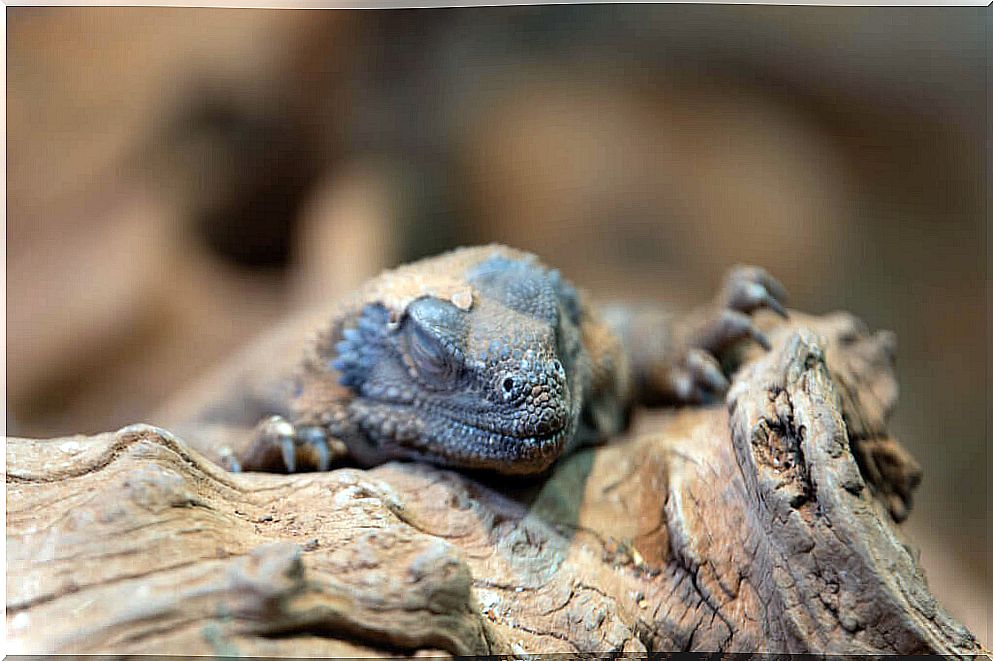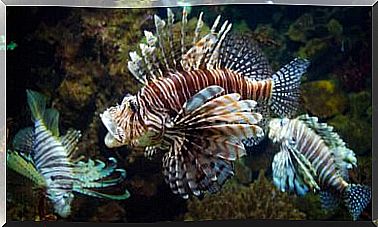How Do Reptiles Regulate Temperature?

Thermoregulation in reptiles is the way these animals keep their body temperature as stable as possible. Unlike other living things, reptiles depend on ambient temperature, so they have strategies to take advantage of it.
The biological processes these animals carry out to keep their temperature within the ideal range are the result of behavioral and chemical changes. However, as they are totally dependent on the environment, it is normal that the presence of this type of animal in certain regions of the planet – such as the polar zones – is nil.
Likewise, it is necessary to apply heat sources in the space of these animals when they are kept as pets, as they are not able to generate heat by themselves, they require a thermal gradient. See more information on how reptiles keep their body temperature under control.
The importance of thermoregulation
The tropical, subtropical and temperate regions of the planet are home to a great diversity of reptile species. This is because, in most cases, the ambient temperature in these places is within acceptable ranges.
Like all vertebrate animals and many invertebrates, reptiles need thermoregulation in order for their body’s natural biological processes to continue to function. When the temperature is too low or too high, protein denaturation can occur, which would end the animal’s life – or leave very serious sequelae.
Unlike mammals and birds, which are endothermic animals, reptiles are ectothermic and cannot produce heat through internal chemical reactions. Therefore, they are totally dependent on environmental conditions to be able to modulate their metabolic rate.
One of the advantages of thermoregulation in reptiles is that these animals do not need to eat to maintain the temperature, so all the energy in the food is used for growth. Mammals, for example, need to feed to maintain a constant body temperature.

Thermoregulation in reptiles
The body temperature in reptiles can vary temporarily between individuals, depending on whether it is day or night and throughout the different seasons of the year. Furthermore, these vertebrates tend to become inactive when, due to the environment, they cannot reach the ideal body temperature.
Daily and seasonal fluctuations in temperature have consequences on the behavior and biology of species. As in the rest of vertebrates, the metabolism of reptiles is controlled by the circadian cycle , which involves a set of tissues and hormones.
Temperature-related behavioral changes in reptiles are brought about by hormones, specifically melatonin. This hormone is produced by the pineal gland and interacts with the thyroid gland, directly influencing the secretion of hormones by it, thus increasing or decreasing its activity.
Like melatonin, the prostaglandins play an important role in the thermoregulation of reptiles. Behavior is affected by cardiovascular responses, eg heart rate. This, in turn, is influenced by the concentration of prostaglandins.
When a reptile needs to increase its body temperature, it lays down in the sun or looks for another source of radiant heat. At this point, the prostaglandins begin to concentrate and increase your heart rate. The heart will move blood faster to warm the body more effectively.
In this way, reptiles seek the sun or hot areas to increase their body temperature. When they need to reduce it, they bury themselves, dive into the water or look for good shade.
Keeping the temperature in a reptile terrarium
In nature, animals learn how to act to survive. In addition, reptiles must know how to change their behavior when seeking heat or fleeing from it. However, when an animal lives in a domestic facility, it cannot perform all of these natural behaviors.
For this reason, people who have reptiles as pets place one or more heaters in the terrariums, which can be of different types. For example, heat lamps or radiant stones. When adding the heater, it is important that it is placed in one location to allow the animal to get as far away from it as necessary.
Another thing to keep in mind with heaters is that they can seriously burn pets’ skin. Therefore, it is good to protect these devices with a metal or glass screen to avoid mishaps. and constantly regulate the temperature.
The term “cold blood” can lead many people to make the mistake of overheating their pets. Although reptiles need to absorb heat from the environment, it is also true that they then have a hard time losing it.

Every ectothermic pet should be watched with a critical eye, in order to detect when it is hot and when it is cold. It may sound tedious, but, as we’ve said, reptiles are animals that uniquely have this need for thermoregulation through behavior.









